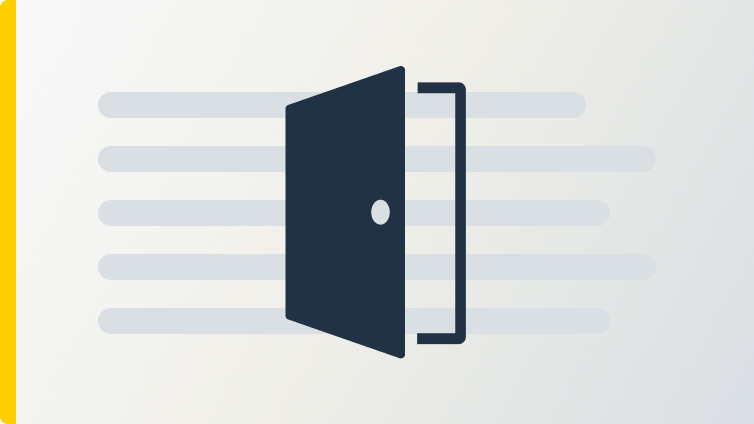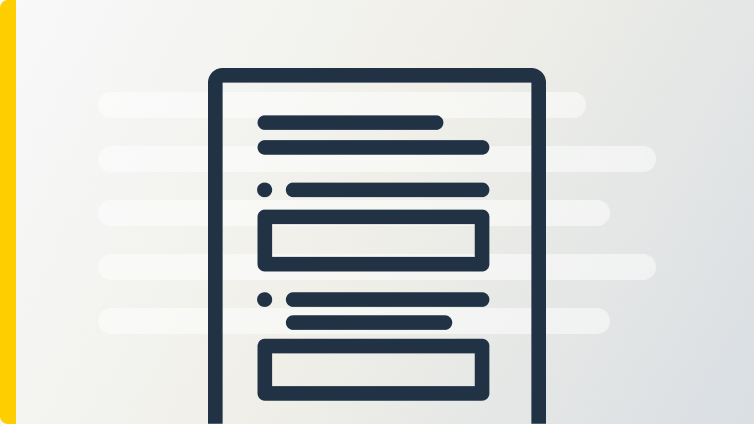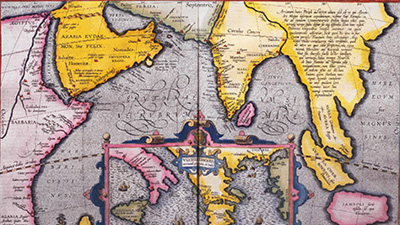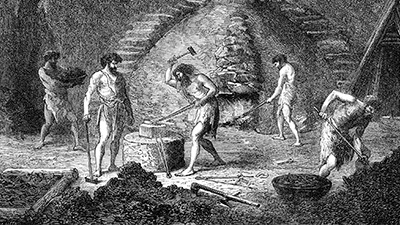Ancient Trade Networks
Driving Question: Why did ancient trade routes expand?
Local networks may have been more common, but long-distance trade also linked societies across Afro-Eurasia and the Americas. Though risky and slow, these routes moved people, goods, ideas, and diseases—shaping communities and transforming economies along the way.
Learning Objectives:
- Analyze how regional networks of exchange emerged and expanded over time.
- Evaluate how the sharing of goods and ideas such as metals and iron-making skills transformed societies.
- Use claim-testing skills to make an argument about the expanding networks of this era.
Vocab Terms:
- cuneiform
- elite
- infrastructure
- matrilineal
- smelt
- social hierarchy
- society
Opener: Ancient Trade Networks
To teach this lesson step, refer to page 2 of the Lesson 3.4 Teaching Guide.
Our Openers and Closers Guide will provide more information about these short-but-important activities at the beginning and end of each lesson.
No crystal ball required—just evidence and insight to make predictions about ancient trade networks.
Ancient Trade Routes
To teach this lesson step, refer to page 3 of the Lesson 3.4 Teaching Guide.
Looking for even more maps? Here’s an awesome map collection.
Trade routes connected the ancient world, spreading innovations, goods, and ideas. In the activity, create a map of those networks to understand how trade connected different regions, and then dive deeper with the article to learn more.
-
Guiding Questions
-
Before you read
Preview the questions below, and then skim the article. Be sure to look at the section headings and any images.
While you read
Look for answers to these questions:
- Why were the Afro-Eurasian trade networks more developed than in other parts of the world?
- What does the Standard of Ur tell us about regional trade networks during this time?
- Why was long-distance trade more difficult in Mesoamerica than in Afro-Eurasia?
- What do obsidian, jade, and pottery have to do with hierarchy in Olmec society?
- How did the rulers of cities and states help promote trade networks?
After you read
Respond to these questions:
- What were the benefits of expanding trade networks?
- What were the downsides of expanding trade networks?
New Tools, New Empires
To teach this lesson step, refer to page 5 of the Lesson 3.4 Teaching Guide.
Need support for students reading these articles? You may want to try our Three-Step Reading Tool.
Explore different regions to compare how ancient trade networks affected each. Then, use what you’ve learned in the activity to draw conclusions about the impacts of these exchange routes.
-
Guiding Questions
-
Before you read
Preview the questions below, and then skim the article. Be sure to look at the section headings and any images.
While you read
Look for answers to these questions:
- Why do historians divide early human history using terms like Stone Age, Bronze Age, and Iron Age?
- What made iron both difficult and easy to make?
- How did iron-smelting technologies develop and spread?
- What does iron have to do with population growth?
- What environmental impact did iron-smelting technologies have?
After you read
Respond to this question: Can you think of any other technologies besides iron that have completely reorganized communities, networks, or systems of production and distribution?
-
Guiding Questions
-
Before you read
Preview the questions below, and then skim the article. Be sure to look at the section headings and any images.
While you read
Look for answers to these questions:
- How do historians know about Phoenician society?
- What aspects of Phoenician sailing technology helped them become “masters of the sea”?
- What were women’s roles in Phoenician society?
- What’s the significance of Phoenician colonies?
- What made Phoenician script unique?
After you read
Respond to this question: How was Phoenician community organization different from other states during this period?
-
Guiding Questions
-
Before you read
Preview the questions below, and then skim the article. Be sure to look at the section headings and any images.
While you read
Look for answers to these questions:
- What technologies helped Hittites travel long distances?
- Why were the Hittites “pioneers of the Iron Age”?
- What was the Hittite political structure like?
- What evidence do historians have that the Hittites were linked to Mesopotamia?
- Why is the Battle of Kadesh an important “first” in human history?
After you read
Respond to this question: Do the similarities between the Hittites, Mesopotamians, and Hattians suggest they were connected through trade—or could there be another explanation?
Closer: Ancient Trade Networks
To teach this lesson step, refer to page 8 of the Lesson 3.4 Teaching Guide.
See how other teachers approach claim-making activities: Check out this conversation in the OER Project Teacher Community.
After a lot of practice testing claims, it’s time to make your own. Apply what you’ve learned to make arguments about the expansion of networks during this era.







